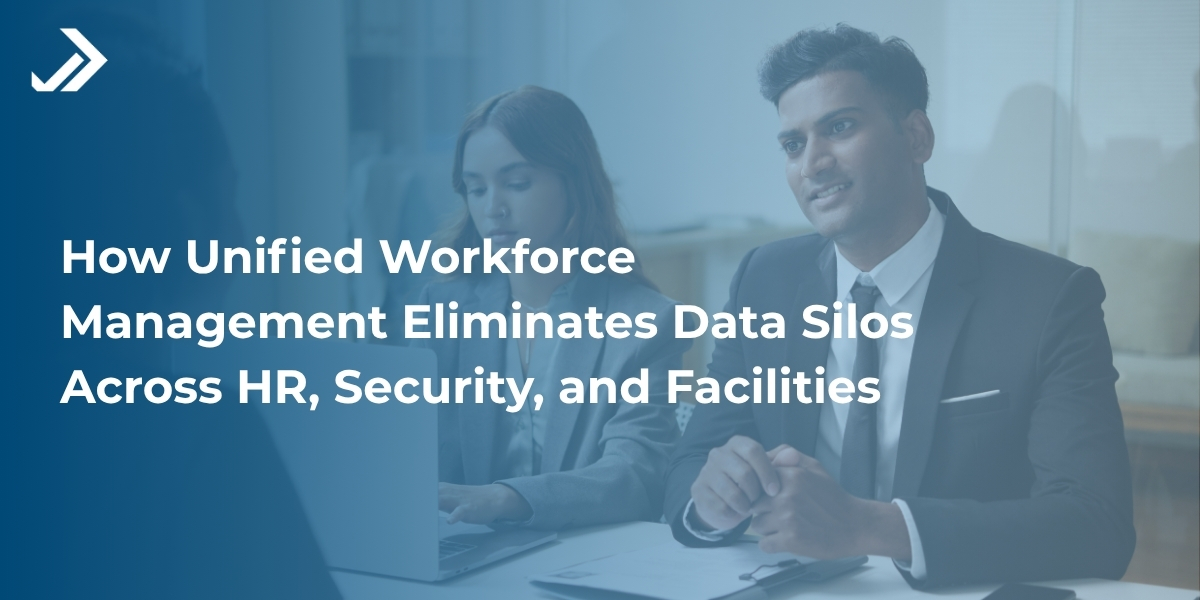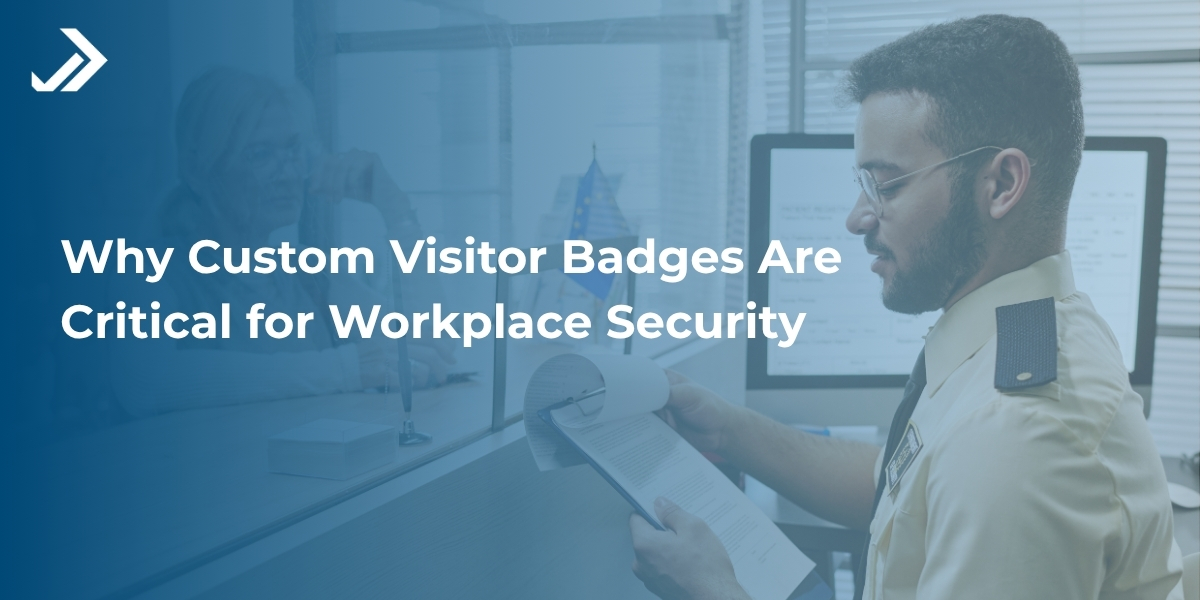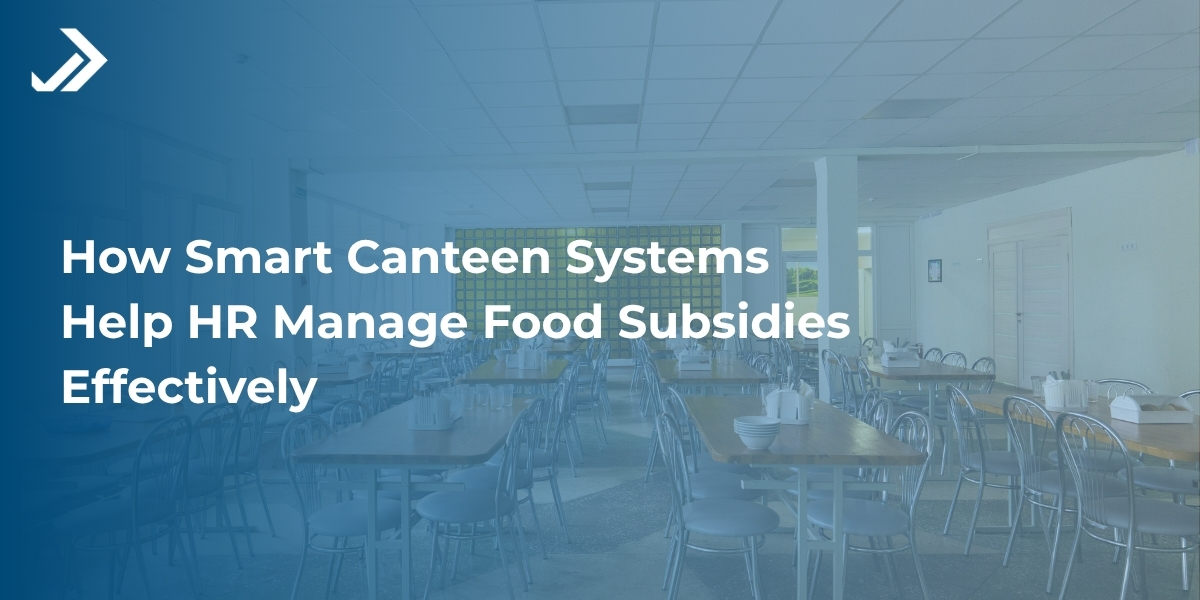

Author : Marketing Team | Follow us on LinkedIn:
25 Jun, 2025
What to Consider When Choosing an Attendance System for a Hybrid or Remote Workforce
Table of Contents
The workplace is no longer confined to office walls. Today’s workforce logs in from homes, cafés, airports, and coworking hubs across time zones. This evolution has made one thing clear: traditional attendance tracking methods are outdated.
Manual registers and swipe cards don’t offer the flexibility or accuracy required in this new reality. Instead, organizations need a modern attendance management system—one that keeps up with dynamic work patterns while ensuring accuracy, compliance, and ease of use.
So, how do you choose the right one? Let’s explore.
Why Conventional Attendance Tools No Longer Work
Conventional systems were built for fixed shifts, office-only presence, and on-premise infrastructure. But hybrid and remote models expose several flaws:
- Inability to record attendance from mobile or distributed locations
- Lack of integration with payroll and HR tools
- Increased chances of buddy punching and manual errors
- Zero real-time insights into employee availability or productivity
The answer lies in adopting a flexible, cloud-first attendance management system built for the realities of modern work.
Key Challenges in Managing a Distributed Workforce
Remote and hybrid workforces introduce several unique complexities when it comes to attendance tracking:
- Tracking Attendance Across Time Zones:- If your team spans multiple cities or countries, tracking check-ins and check-outs in local time becomes essential. A smart system will auto-adjust time stamps to reflect actual hours worked, regardless of where the employee is.
- Lack of Visibility and Manual Errors:- Without real-time dashboards, HR teams struggle with inaccurate data, delayed updates, and increased processing time for leaves and payroll. These errors can erode trust and compliance.
- Compliance Complexities:- Every location has its own labor laws, overtime rules, and record-keeping requirements. A unified system ensures your company remains compliant while simplifying audits and approvals.
Essential Features to Look For
A future-ready attendance management system must cater to flexibility, automation, and transparency. Here are the key features to look out for:
- Mobile Access and GPS-Based Attendance:- With hybrid teams working from various locations, mobile-based attendance is essential. GPS tagging ensures location accuracy, helping prevent proxy attendance and improving accountability.
- Cloud Deployment and Offline Sync:- Cloud-based systems enable real-time data access from anywhere and reduce dependency on local servers. Offline sync ensures employees can still mark attendance without internet, syncing data once reconnected.
- Integration with HRMS and Payroll:- To reduce manual effort, choose a system that integrates with your existing HRMS and payroll. This enables automatic data flow for leaves, work hours, and overtime, improving efficiency and accuracy.
Security, Privacy, and Legal Compliance
Managing attendance involves handling sensitive data such as employee locations, work hours, and biometrics. A reliable attendance management system must protect this information and comply with regulations.
- Data Encryption and Role-Based Access:- All attendance data should be encrypted during storage and transmission. Access should be restricted based on roles to ensure only authorized users can view or modify records.
- GDPR, ISO, and Labor Law Compliance:- Your system must align with global standards like GDPR and ISO 27001, especially if you manage employees across borders. It should also support local labor law requirements to avoid compliance risks.
- Biometric Precision:- A biometric attendance machine or facial recognition device offers high accuracy and prevents time theft. Ensure the system handles biometric data securely and complies with privacy norms.
User Experience, ROI, and Vendor Reliability
No matter how advanced a solution is, adoption depends on how easy it is to use and how reliable the vendor support is.
- Easy-to-Use Interface and Employee Self-Service:- A clean, intuitive interface makes it easy for employees to check logs, apply for leaves, and regularize attendance without HR intervention.
- Cost-Efficiency and Error Reduction:- Automating attendance with tools like a fingerprint attendance machine helps reduce manual errors, buddy punching, and administrative workload, ultimately saving time and costs.
- Reliable Support and Scalability:- Choose a vendor with responsive customer support, frequent updates, and the ability to scale as your team or business expands.
Conclusion: Choosing a Future-Ready Attendance System
In a world where work can happen anytime, anywhere, having the right attendance management system is no longer optional—it’s critical. Whether you’re managing a team of 50 or 5,000, the system you choose should offer real-time visibility, data accuracy, compliance readiness, and user convenience.
Biometric attendance machines provide added layers of security and accuracy, especially when paired with cloud-based platforms and mobile capabilities. As your workplace becomes more agile, your attendance tracking should be equally adaptive.
Choose wisely—because the right attendance system doesn’t just track hours, it empowers people and drives performance.








